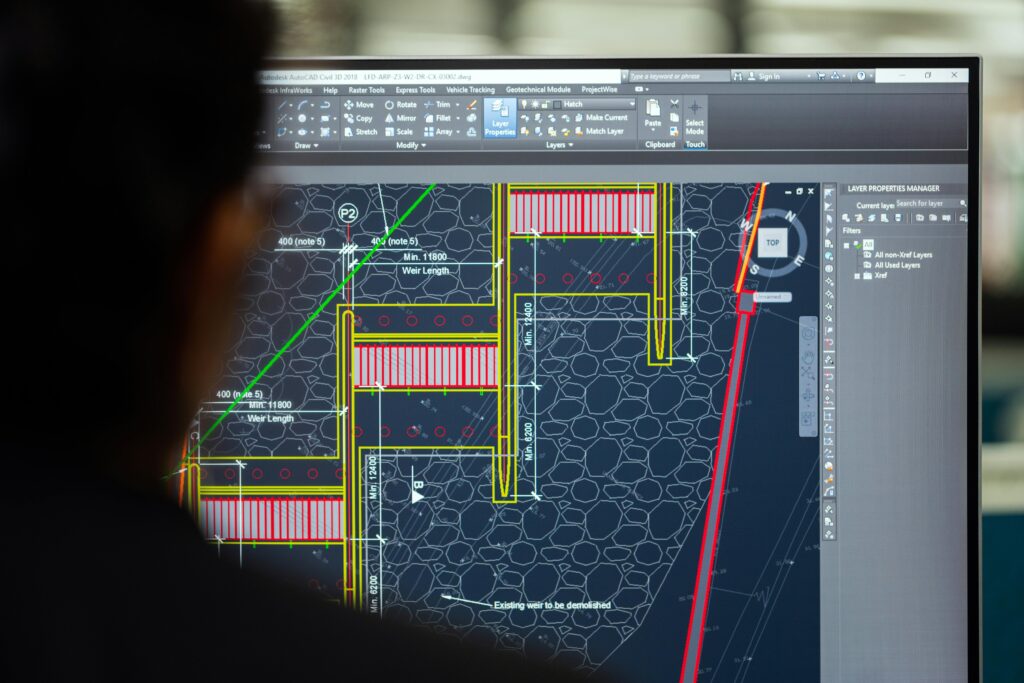Requirements Elicitation is where every successful project begins. It’s the process of discovering what users, stakeholders, and systems truly need. For me as a Requirements Engineer, it means combining communication, analysis, and psychology to transform vague expectations into clear, structured requirements. This section gathers all my articles about Requirements Elicitation. Each text helps me improve how I ask, listen, interpret, and document — the core of building better software.
1. Understanding Stakeholders and Communication
Stakeholders bring knowledge, expectations, and goals. Understanding them is the first step in elicitation. When communication is clear, requirements become accurate and aligned.
These articles teach me how to identify stakeholders, build trust, and communicate effectively across teams and organizations.

Dive in!
- Stakeholder Requirements Elicitation Techniques
- Why Stakeholder Communication Is Important in Making Software
- Understanding Requirements: Who and What Matters
- Stakeholders in Requirements Engineering and Their Role
- Documents and People for the Systematic Identification of Stakeholders in Requirements Engineering
- Stakeholder Lists in the Requirements Engineering of Complex Projects
- Effective Communication in Requirements Engineering for Successful Projects

2. Personas and User Understanding
Personas help me represent real users. They give context to goals, needs, and pain points. Through personas, I can speak the user’s language and avoid assumptions.
These texts explain how to create and use personas to improve empathy, accuracy, and user-centered analysis.
Dive in!
- Personas in Requirements Engineering and IT business analysis
- Understanding Users with Personas in Software Projects
3. Documents, Sources, and System Knowledge
Elicitation is not only about asking questions — it’s also about analyzing what already exists. Documents, systems, and regulations often reveal hidden requirements.
These articles show how to extract valuable information from written sources and existing processes.

Dive in!
- Requirements Determination from Existing Systems: A Key to Successful Software Development
- Requirements Identification with Process Documents: A Step-by-Step Guide to System Integration
- Legal and Regulatory Documents in Requirements Engineering for System Development
- Understanding the Importance of Requirements Sources in Computer Science

4. Techniques and Activities in Requirements Elicitation
Choosing the right elicitation techniques is essential. Interviews, workshops, and prototypes each have their place.
These texts explore practical techniques, planning objectives, and strategies that help me elicit clear, validated requirements.
Dive in!
- Eliciting Requirements A Lot Like Doing Research
- Understanding the Importance of Requirements Elicitation in Tech Projects
- Maximizing the Impact of Elicitation Activities in Technical Projects
- Understanding Elicitation Objectives in Planning
- Choosing the Right Elicitation Techniques for Eliciting Requirements
- Project Management Attributes of Elicitation Activities
- Successful Requirements Engineering with Elicitation Techniques
- Exploring Elicitation Activities in Requirements Engineering
- Navigating the World of Elicitation Activities in Requirements Engineering
- Unveiling the Essence of Elicitation Objectives in Requirements Engineering
5. Conflict Management in Elicitation
Conflicts are natural when many perspectives meet. Managing them constructively ensures progress instead of friction.
These articles teach me to identify, analyze, and resolve conflicts effectively while maintaining a cooperative atmosphere.

Dive in!
- Conflict Resolution in the Requirements Process for Project Success
- Understanding and Resolving Conflicts in Requirements Elicitation
- Resolving Conflicts Between Requirements: A Technical Overview
- Conflicting Requirements: Key Aspects for Conflict Resolution in Requirements Engineering
- Involved Requirements Sources in Requirements Conflicts
- Conflict Resolution Techniques in Requirement Elicitation
- What is an Achieved Resolution Result in Requirements Engineering?
- Effective Project Management Information in Conflict Resolution Techniques for Requirement Elicitation

6. Psychological and Behavioral Aspects
Understanding human behavior is key to elicitation. Stakeholders express needs emotionally and cognitively, not just technically.
These texts connect psychology, communication, and persuasion — essential tools for every Requirements Engineer.
Dive in!
- Leveraging Erikson’s Epigenetic Principle for Stakeholder Solutions
- Mastering Argumentation: A Requirements Engineer’s Guide
- Mastering Compatibility: A Requirements Engineer’s Guide to Stakeholder Persuasion
- Decoding Conflict: 3 Strategies for Body Language Mastery in Requirements Engineering
7. Object-Oriented and Analytical Elicitation
Complex systems require structured thinking. Object-oriented elicitation helps me organize requirements by objects, roles, and relationships.
These articles explain how to apply object-oriented concepts to improve precision and traceability.

Dive in!
- Object-Oriented Elicitation: Requirements in Complex Systems
- Object-Oriented Thinking: What Are Objects?
- Object Name, State, and Behavior in Object-Oriented Programming

8. Elicitation Through Presentation and Collaboration
Presenting ideas clearly is part of elicitation. Stakeholders understand best when they can see and interact with concepts.
These texts show how presentation skills, argumentation, and visual techniques make elicitation more effective.
Dive in!
- Elicitation Through Effective Presentation: Insights from a Requirements Engineer
- Enhancing Requirements Elicitation through Effective Presentation
9. Requirements Engineering in Practice
Elicitation is part of a larger ecosystem. These articles connect it with broader Requirements Engineering and IT Management practices.
They show how elicitation interacts with documentation, modeling, and validation.

Dive in!
- The Importance of Requirements Engineering in IT Systems
- Requirements Categories in Requirements Management
Continue Your Journey
Elicitation is more than asking questions — it’s about uncovering meaning. It’s where communication meets analysis and where understanding becomes specification. Every conversation, document, and observation adds a piece to the bigger picture.
If you want to start building your elicitation skills, begin here: Stakeholder Requirements Elicitation Techniques
It’s the best place to learn how to identify, engage, and collaborate with those who shape every project.
All other articles on the Requirements Elicitation page build upon this foundation — covering methods, psychology, and conflict resolution for deeper mastery.
Explore all Requirements Elicitation Articles and discover how to turn stakeholder knowledge into clear, validated requirements.

